Kids Room Decoration: Fun DIY Ideas
Are you ready to dive into the colorful world of kids' room decoration? Transforming your child's space into a vibrant haven of creativity and imagination can be an exhilarating adventure! With a sprinkle of DIY magic, you can create a room that not only looks fantastic but also fosters playfulness and functionality. Imagine a room where your child can let their creativity run wild, where every corner invites exploration, and where they can feel truly at home. In this article, we’ll explore some exciting DIY projects that will help you achieve just that, making the decorating process a fun and memorable experience for both you and your little one!
One of the first steps in decorating your child's room is selecting a cohesive theme. Think of it like choosing the plot for a storybook; it sets the stage for everything that follows! Whether your child is obsessed with dinosaurs, loves outer space, or dreams of being a princess, picking a theme can enhance their creativity and make the decorating process a breeze. By considering their interests and passions, you can create a personalized space that reflects their unique personality. A well-chosen theme can also inspire fun activities, such as storytime or imaginative play, and can evolve as your child grows. So, what will it be? A jungle adventure, a whimsical fairyland, or perhaps a cozy, rustic cabin?
Now that you have a theme in mind, let’s talk about wall art! Creating unique wall art can be a fantastic DIY project that adds color and character to the room. You can explore various techniques, such as painting, stenciling, or using decals, to make those walls come alive. Imagine your child’s face lighting up when they see their very own artwork displayed proudly on the wall! Not only does this foster their creativity, but it also personalizes the space in a way that store-bought decor simply can’t match.
Painting a mural can be an exciting way to personalize the space! Involve your child in designing and choosing colors to make it a memorable project. Perhaps they want to paint a bright blue sky with fluffy white clouds or a vibrant underwater scene filled with colorful fish. Whatever the choice, this collaborative effort can bring you closer and create lasting memories. Plus, every time they look at their mural, they’ll remember the fun you had creating it together!
Consider using nature themes, such as forests or oceans, to create a calming atmosphere. Nature-inspired murals can spark conversations about the environment and wildlife, making the room not just a place to sleep, but a space to learn and grow. Imagine a serene forest scene with towering trees and playful animals, encouraging your child to explore the wonders of nature right from their own room!
On the flip side, why not create magical landscapes featuring castles, dragons, or fairy-tale characters? This can inspire imaginative play and storytelling in your child's daily activities. A mural of a faraway kingdom can serve as the backdrop for countless adventures, allowing your child to dive into their imagination every time they step into their room. It’s like giving them their own personal storybook, right on the wall!
Another fun idea is to create a gallery wall using your child's artwork. This not only showcases their creativity but also makes them feel proud of their contributions to the room. You can frame their drawings, paintings, and even crafts, turning their art into a beautiful display. It’s a fantastic way to celebrate their artistic journey and encourage them to keep creating!
Incorporating functional furniture can maximize space while adding style to the room. Look for multi-purpose items that can grow with your child and adapt to their changing needs. For instance, a bed with storage drawers underneath can keep toys and clothes organized, while a desk that doubles as a play table provides a versatile space for homework and crafts. Choosing furniture that is both stylish and practical ensures that the room remains functional as your child grows.
Effective storage is essential for keeping the room organized. Explore creative storage options, such as under-bed bins or colorful baskets, to encourage tidiness. Keeping toys and books organized not only makes the room look neat but also teaches your child valuable skills about responsibility and organization. Plus, when everything has a place, it’s easier for them to find what they need!
Consider investing in convertible furniture, such as a desk that transforms into a play table. This flexibility allows the room to serve multiple purposes as your child grows. One moment it’s a space for homework, and the next, it’s a creative hub for arts and crafts. This adaptability is key in creating a room that evolves with your child, making it a smart choice for parents!
Choosing the right textiles can enhance both comfort and aesthetics. Explore options for bedding, curtains, and rugs that complement the overall theme of the room. Soft furnishings can add warmth and personality, making the space feel cozy and inviting. Imagine snuggling up in a bed adorned with vibrant, themed bedding or relaxing in a reading nook filled with plush cushions!
Creating custom pillowcases can be a fun and easy project. Use fabric markers or paint to let your child express their creativity while adding a personal touch. This simple DIY project not only enhances the decor but also gives your child a sense of ownership over their space. Plus, every time they lay their head down, they’ll be reminded of the fun they had making it!
Designing a reading nook with soft cushions and blankets can encourage a love for reading. This space can be personalized with favorite books and decorative elements, creating a cozy corner that invites exploration and imagination. Imagine your child curling up with a good book, surrounded by their favorite characters and stories—it’s the perfect way to foster a lifelong love of reading!
Q: What is the best way to choose a theme for my child's room?
A: Start by considering your child's interests and hobbies. Think about their favorite colors, characters, or activities, and choose a theme that reflects their personality!
Q: How can I involve my child in the decoration process?
A: Involve your child in every step, from brainstorming ideas to choosing colors and designs. This collaboration can make the experience more enjoyable and meaningful for both of you!
Q: What are some budget-friendly DIY projects for kids' rooms?
A: Some budget-friendly ideas include creating wall art from recycled materials, making custom pillowcases, or repurposing old furniture with a fresh coat of paint!
Q: How can I create a functional space that grows with my child?
A: Look for multi-purpose furniture and storage solutions that can adapt to your child's changing needs. Convertible furniture is a great option for maximizing space and functionality!
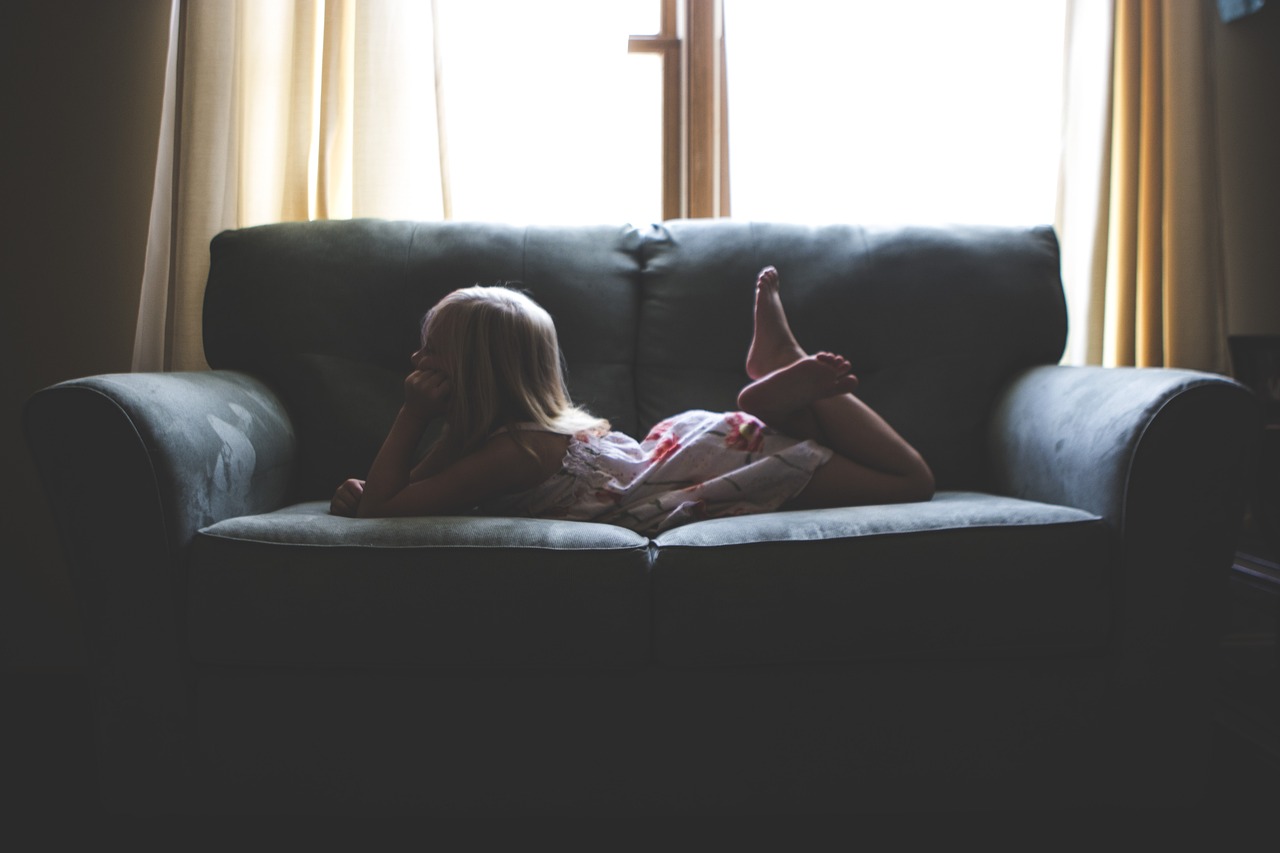
Choosing a Theme
Explore creative and engaging DIY projects to transform your child's room into a vibrant and imaginative space, fostering both functionality and playfulness.
When it comes to decorating your child's room, is like picking the perfect canvas for a masterpiece. It sets the stage for creativity and can make the entire decorating process feel like a fun adventure. Think of it as crafting a little world where your child can thrive, play, and dream. So, how do you go about picking the right theme? Start by diving into your child's interests. Are they fascinated by dinosaurs, enchanted by fairy tales, or do they have a passion for space exploration? These interests can guide you in creating a personalized space that reflects their personality.
Once you have a few ideas, consider the following aspects to help narrow down your choices:
- Color Palette: Choose colors that not only resonate with the theme but also create a calming atmosphere. Bright colors can energize the space, while pastels can make it feel cozy.
- Functional Elements: Think about how the theme can incorporate functional elements like storage and furniture. For example, a jungle theme could include animal-shaped storage bins.
- Involvement: Involve your child in the decision-making process. Ask them what they envision for their space, and let them help in selecting colors and decorations. This can make them feel more connected to their room.
By incorporating these elements, you can create a cohesive theme that not only looks great but also enhances your child's creativity and imagination. Remember, the goal is to make the room a space where they can express themselves, so don’t hesitate to let their personality shine through!
Creating unique wall art can be a fun DIY project. Explore various techniques, such as painting, stenciling, or using decals to add color and character to the room.
Painting a mural can be an exciting way to personalize the space. Involve your child in designing and choosing colors to make it a memorable project.
Consider using nature themes, such as forests or oceans, to create a calming atmosphere. This can also spark conversations about the environment and wildlife.
Create magical landscapes featuring castles, dragons, or fairy-tale characters. This can inspire imaginative play and storytelling in your child's daily activities.
Create a gallery wall using your child's artwork. This not only showcases their creativity but also makes them feel proud of their contributions to the room.
Incorporating functional furniture can maximize space while adding style. Look for multi-purpose items that can grow with your child and adapt to their changing needs.
Effective storage is essential for keeping the room organized. Explore creative storage options, such as under-bed bins or colorful baskets, to encourage tidiness.
Consider investing in convertible furniture, such as a desk that transforms into a play table. This flexibility allows the room to serve multiple purposes as your child grows.
Choosing the right textiles can enhance comfort and aesthetics. Explore options for bedding, curtains, and rugs that complement the overall theme of the room.
Creating custom pillowcases can be a fun and easy project. Use fabric markers or paint to let your child express their creativity while adding a personal touch.
Designing a reading nook with soft cushions and blankets can encourage a love for reading. This space can be personalized with favorite books and decorative elements.
Here are some common questions parents have when it comes to decorating their child's room:
- How do I choose a theme that my child will love? Engage your child in discussions about their favorite activities and characters, and let their interests guide your choices.
- What are some budget-friendly DIY ideas? Look for upcycled materials around your home, or visit thrift stores for unique finds that can be transformed with a little creativity.
- How can I make the room functional as my child grows? Opt for versatile furniture that can adapt to changing needs, such as a bed with storage drawers or a desk that can be used for homework and crafts.
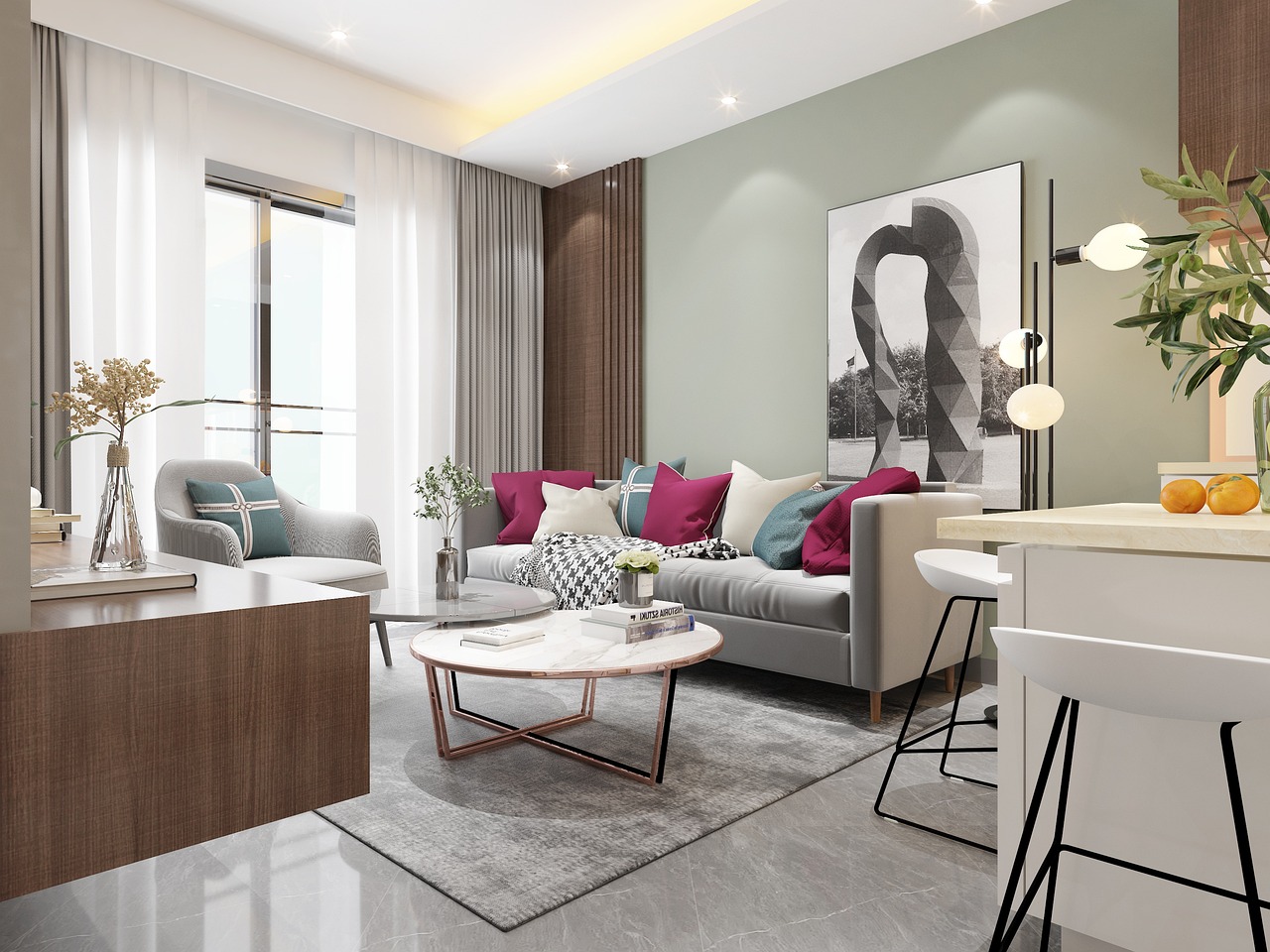
Wall Art Ideas
When it comes to decorating your child's room, wall art can truly transform the space into a vibrant and imaginative haven. The walls are like blank canvases just waiting to be filled with color, creativity, and personality. Imagine walking into a room where the walls tell a story, where every brushstroke and decal sparks joy and inspiration. The great thing about wall art is that it can be a fun DIY project that you can tackle together with your child, making it a memorable bonding experience. So, what are some creative ways to bring those walls to life?
One fantastic idea is to create a DIY mural. This is not just about painting; it's about crafting a world that reflects your child's interests and dreams. Think about involving them in the design process—let them choose their favorite colors and themes. Whether it's a serene forest, a bustling cityscape, or a galaxy filled with stars, the possibilities are endless! Imagine your child's eyes lighting up as they see their ideas come to life on the walls.
Painting a mural can be an exciting way to personalize the space. Involve your child in designing and choosing colors to make it a memorable project. You could even create a nature-inspired mural that features elements like trees, animals, and flowers. This not only beautifies the room but also serves as a gentle reminder of the beauty of the outdoors. Plus, it can spark conversations about the environment and wildlife, making it educational as well!
Consider using nature themes, such as forests or oceans, to create a calming atmosphere. Imagine a tranquil forest scene with gentle greens and soft browns, or a vibrant underwater world filled with colorful fish and coral. These murals can create a peaceful backdrop for your child's playtime and relaxation, fostering a sense of connection with nature right in their own room.
If your child is more into the fantastical, why not create magical landscapes featuring castles, dragons, or fairy-tale characters? This can inspire imaginative play and storytelling in your child's daily activities. Picture a castle mural with a dragon soaring overhead—your child can step into a world of adventure every time they enter their room. It’s like having a storybook come to life on their walls!
Another delightful way to showcase creativity is by creating a gallery wall using your child's artwork. This not only displays their masterpieces but also instills a sense of pride in their contributions to the room. You can frame their drawings, paintings, or even 3D crafts and arrange them in a visually appealing layout. This personalized gallery can be a dynamic display that evolves as your child grows and their artistic skills develop.
To keep the display fresh and engaging, consider rotating the artwork regularly. This simple act can turn the wall into a living gallery that reflects your child's current interests and talents. Plus, it’s a great way to encourage them to keep creating and expressing themselves.
In conclusion, wall art is an incredible way to add personality and vibrancy to your child's room. Whether you choose to paint a mural together or create a stunning gallery wall, these DIY projects will not only beautify the space but also foster creativity and a sense of belonging. So, grab those paintbrushes and frames, and let the artistic adventure begin!
Q: How can I involve my child in the wall art creation process?
A: Involve your child by letting them choose the theme, colors, and even the design elements. This makes the project more personal and enjoyable for them.
Q: What materials do I need for a DIY mural?
A: You'll need paint, brushes, painter's tape, and possibly stencils or sponges for texture. Make sure to choose non-toxic, washable paints for easy cleanup!
Q: How do I create a gallery wall?
A: Start by selecting a variety of your child's artwork, then choose frames that complement each piece. Arrange them on the wall in a way that feels balanced and visually appealing.

DIY Murals
Explore creative and engaging DIY projects to transform your child's room into a vibrant and imaginative space, fostering both functionality and playfulness.
Selecting a cohesive theme for your child's room can enhance creativity and make decorating easier. Consider their interests to create a personalized space that reflects their personality.
Creating unique wall art can be a fun DIY project. Explore various techniques, such as painting, stenciling, or using decals to add color and character to the room.
Painting a mural can be an exciting way to personalize the space. Not only does it allow for an explosion of creativity, but it also gives your child a sense of ownership over their room. Imagine transforming a plain wall into a breathtaking landscape or a vibrant underwater scene! Involve your child in the design process; ask them what colors they love and what themes excite their imagination. This can be a bonding experience, and it will make the mural even more special.
When deciding on a mural, consider themes that resonate with your child's interests. Here are a few ideas to spark inspiration:
- Nature-Inspired Murals: Think about painting a serene forest, a colorful garden, or even a starry night sky. These themes can create a calming atmosphere and can lead to wonderful conversations about nature and wildlife.
- Fantasy Worlds: If your child loves stories about knights and dragons, why not create a magical kingdom on their wall? A mural featuring castles, mythical creatures, or fairy-tale landscapes can inspire imaginative play and storytelling, allowing your child to embark on adventures right from their room.
Before you start painting, it's essential to prepare the wall properly. Make sure the surface is clean and smooth, and consider using painter's tape to outline your design. This will help you achieve crisp lines and a professional finish. And don’t forget to use non-toxic paints that are safe for children! The joy on your child's face when they see their room transformed into a work of art will be priceless.
Lastly, remember that this is a DIY project, so embrace imperfections. The beauty of a mural lies in its uniqueness, and the process should be just as enjoyable as the final result. Let your child's creativity shine, and you might just find yourself inspired to join in on the fun!
Incorporating functional furniture can maximize space while adding style. Look for multi-purpose items that can grow with your child and adapt to their changing needs.
Effective storage is essential for keeping the room organized. Explore creative storage options, such as under-bed bins or colorful baskets, to encourage tidiness.
Consider investing in convertible furniture, such as a desk that transforms into a play table. This flexibility allows the room to serve multiple purposes as your child grows.
Choosing the right textiles can enhance comfort and aesthetics. Explore options for bedding, curtains, and rugs that complement the overall theme of the room.
Creating custom pillowcases can be a fun and easy project. Use fabric markers or paint to let your child express their creativity while adding a personal touch.
Designing a reading nook with soft cushions and blankets can encourage a love for reading. This space can be personalized with favorite books and decorative elements.
1. How can I involve my child in the mural painting process?
It's a great idea to ask your child about their favorite colors and themes. You can also sketch ideas together and let them help with painting.
2. What type of paint should I use for a kids' mural?
Always choose non-toxic, washable paints that are safe for children. Acrylic paints are a popular choice as they are durable and easy to clean.
3. How do I maintain a mural once it's painted?
To keep the mural looking fresh, gently wipe it down with a damp cloth. Avoid harsh chemicals that could damage the paint.
4. Can I change the mural as my child grows?
Absolutely! Murals can be painted over or updated as your child's interests change, making them a versatile option for room decoration.
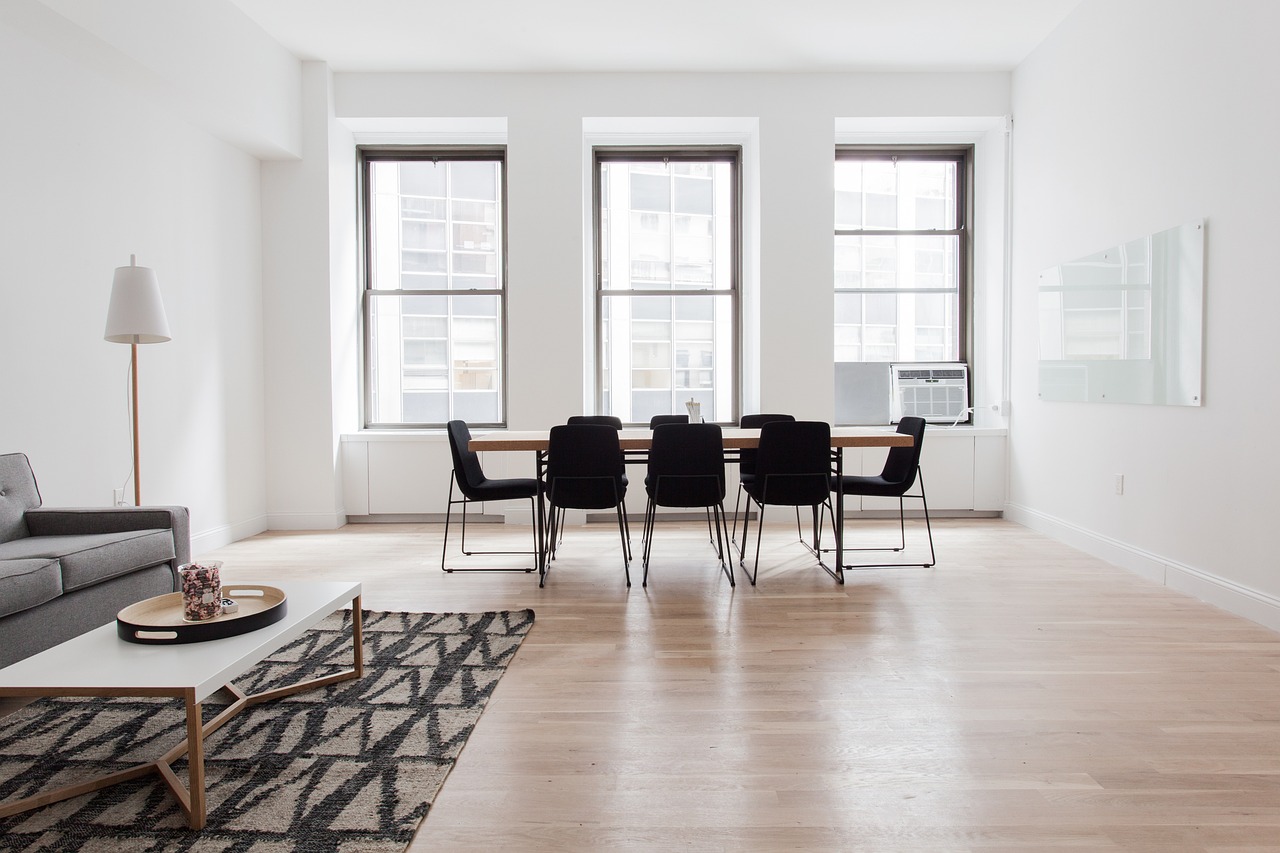
Nature-Inspired Murals
Imagine walking into your child's room and being greeted by a vibrant mural that transports you straight into a lush forest or a tranquil ocean. are not just decorations; they are gateways to adventure and learning. By choosing themes like forests, oceans, or even mountain landscapes, you can create a calming atmosphere that encourages your child to explore their surroundings and appreciate the beauty of nature.
Involving your child in the design process can make this project even more special. Ask them what their favorite animals are or which plants they find most interesting. This not only sparks their creativity but also gives them a sense of ownership over their space. You could even have a brainstorming session where you both sketch out ideas and select colors. This collaborative effort can be a bonding experience, turning a simple painting project into a cherished memory.
Here are a few nature themes to consider for your mural:
- Forests: Think tall trees, playful animals, and a canopy of leaves. You can create a magical woodland scene where your child can imagine fairies and woodland creatures living among the trees.
- Oceans: Picture waves crashing, colorful fish swimming, and coral reefs bustling with life. This theme can be a great way to introduce discussions about marine life and the importance of ocean conservation.
- Mountains: A serene mountain landscape can instill a sense of peace. Add elements like a bright sun or a starry night sky to enhance the atmosphere.
When it comes to painting techniques, you can opt for various methods such as sponging, stenciling, or even using tape to create sharp lines. Each technique brings a different texture and feel to the mural, allowing you to customize it further. Don't shy away from using bold colors; they can energize the room and stimulate your child's imagination. You might even consider adding glow-in-the-dark paint for a magical effect at night!
Moreover, a nature-inspired mural can serve as a backdrop for learning. You can incorporate educational elements such as the names of animals or plants, which can help foster your child's interest in biology and the environment. This way, the mural becomes not just a decorative piece but also a learning tool that enriches their daily life.
In conclusion, creating a nature-inspired mural is an exciting DIY project that can transform your child's room into a vibrant, imaginative space. It encourages creativity, promotes learning, and most importantly, allows your child to express their personality. So grab those brushes, pick your colors, and get ready for a fun-filled adventure that will leave a lasting impression on your child's heart!
Q: How can I involve my child in the mural painting process?
A: You can start by having a brainstorming session where you discuss themes and colors. Let them sketch their ideas and choose their favorite elements to include in the mural.
Q: What materials do I need for painting a mural?
A: You will need wall paint, brushes of various sizes, painter's tape for clean edges, sponges for texture, and possibly stencils for intricate designs.
Q: How do I prepare the wall before painting?
A: Make sure to clean the wall thoroughly and apply a primer if necessary. This ensures that the paint adheres well and the colors remain vibrant.
Q: Can I use washable paints for the mural?
A: Yes, using washable paints can be a great idea, especially if you're concerned about messes. Just ensure they are suitable for wall use and will last over time.

Fantasy Worlds
Imagine stepping into a realm where castles touch the clouds and dragons soar through the skies. Creating a fantasy world in your child's room can be an exhilarating adventure, not just for them but for you as well! This DIY project allows you to unleash your creativity while fostering your child’s imagination. Think of it as building a magical kingdom right within the four walls of their sanctuary.
One of the most captivating aspects of designing a fantasy-themed room is the opportunity to involve your child in the process. Start by asking them about their favorite stories or characters. Do they dream of being a brave knight or a wise wizard? Perhaps they adore fairy tales filled with enchanting creatures? These insights will help you tailor the design to their unique interests, making the space feel even more personal and engaging.
When it comes to the actual design, consider painting a mural that depicts their favorite fantasy scenes. For example, you could create a vibrant landscape with a majestic castle on a hill, surrounded by whimsical forests and sparkling rivers. Use bright colors to ignite their imagination, and don’t hesitate to add elements like unicorns or magical creatures to make the mural truly come alive. The process of painting together can turn into a cherished memory, bonding you both while crafting a masterpiece.
If painting a mural seems daunting, there are other ways to incorporate fantasy themes into the decor. Consider using wall decals that feature their favorite characters or scenes. These can be easily applied and removed, allowing for flexibility as your child's interests evolve. You can also create a themed gallery wall by framing illustrations from their favorite books or movies. This not only adds character to the room but also encourages a love for reading and storytelling.
Additionally, think about integrating textiles that reflect the fantasy theme. Bed linens with magical motifs or curtains that resemble a night sky filled with stars can enhance the overall ambiance. Don’t forget to accessorize with plush toys, like dragons or fairies, which can serve as both decor and playtime companions. By surrounding your child with their favorite fantasy elements, you’re creating a nurturing environment where their imagination can flourish.
In the end, designing a fantasy world in your child's room is more than just a decorating project; it's about creating a magical space that inspires creativity and storytelling. So grab your paintbrushes, involve your little one in the design process, and watch as their dreams come to life right before your eyes!
- What are some popular themes for kids' fantasy rooms?
Common themes include fairy tales, magical creatures, outer space, and mythical adventures. The key is to choose a theme that resonates with your child's interests.
- How can I involve my child in the decorating process?
Engage them by discussing their favorite stories and characters, allowing them to choose colors and designs, and even letting them help with painting or decorating.
- Are there budget-friendly options for creating a fantasy room?
Absolutely! You can use wall decals, DIY crafts, and repurpose existing furniture to fit the theme. Thrift stores and online marketplaces often have great finds that can be customized.
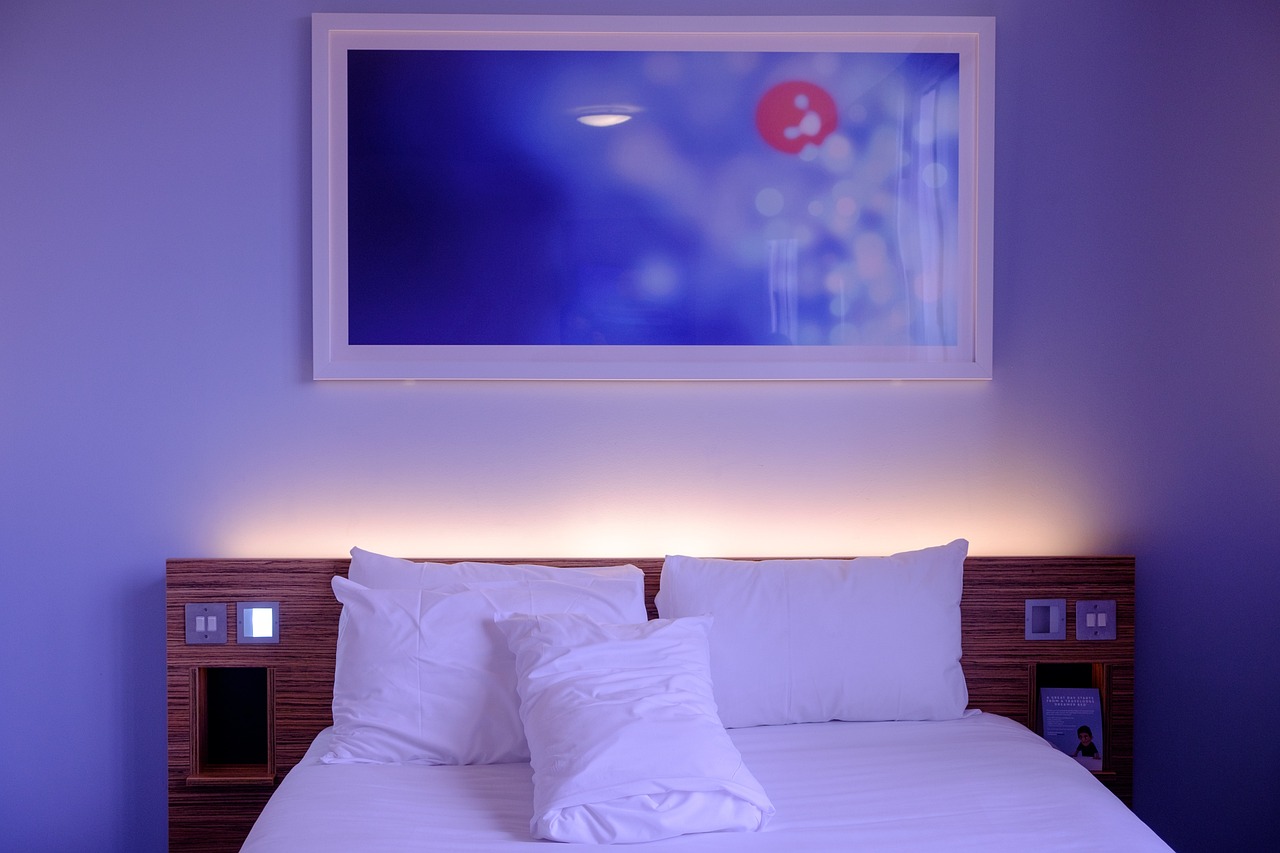
Framed Artwork Displays
Creating a gallery wall with your child's artwork is not just a decorating idea; it's a way to celebrate their creativity and make them feel like a true artist. Imagine walking into a room where every piece of art tells a story, each frame capturing a moment of imagination and joy. This project can turn a plain wall into a vibrant canvas of colors and emotions, showcasing your child's unique perspective on the world.
To begin, gather your child's favorite pieces of art. These could be drawings, paintings, or even crafts that they are particularly proud of. You might find that some of these creations are simple doodles, while others are elaborate masterpieces. Regardless of their complexity, each piece holds sentimental value and deserves a spot on the wall. You can even consider rotating the artwork periodically to keep the display fresh and exciting.
Next, think about the layout of your gallery wall. You can opt for a grid pattern for a more structured look or a freeform arrangement for a playful vibe. It's a good idea to lay the frames out on the floor first to visualize how they will look on the wall. This way, you can experiment with different arrangements without committing to any one design immediately. Don’t be afraid to mix and match frame styles and colors; this eclectic approach can add character and charm.
Once you've decided on the layout, it's time to frame the artwork. Choose frames that complement the art and the overall theme of the room. You could go for classic wooden frames for a warm, inviting feel, or opt for colorful plastic frames to add a pop of fun. If you're feeling adventurous, consider DIY framing using washi tape or even fabric to create a unique border around the art. This not only personalizes the display but also allows your child to participate in the framing process, making it a memorable family activity.
After framing, hang the artwork on the wall with care. Use appropriate wall hooks or adhesive strips to ensure that the frames are secure and won’t fall. You can even involve your child in this process, teaching them about measuring and leveling as you go. This practical experience can boost their confidence and give them a sense of ownership over their space.
Finally, consider adding some decorative elements around the artwork to enhance the display. You might include shelves for books, small plants, or even a few decorative items that resonate with your child's interests. This can create a cohesive look and make the wall feel like a true reflection of your child's personality.
In summary, framed artwork displays are a fantastic way to not only beautify your child's room but also to honor their creativity. It’s a project that fosters pride and self-expression, turning their artistic endeavors into cherished home decor. So, grab those crayons and paintbrushes, and let your child's imagination shine on the walls!
- How can I encourage my child to create more artwork? Consider setting up a dedicated art space with supplies readily available. Regular art sessions can also inspire creativity.
- What types of frames work best for kids' artwork? Lightweight frames are ideal, especially those that are easy to open for changing artwork frequently. Colorful frames can add a fun touch!
- Can I use digital art in my framed displays? Absolutely! You can print digital artwork and frame it just like traditional pieces. This opens up a whole new realm of creativity.
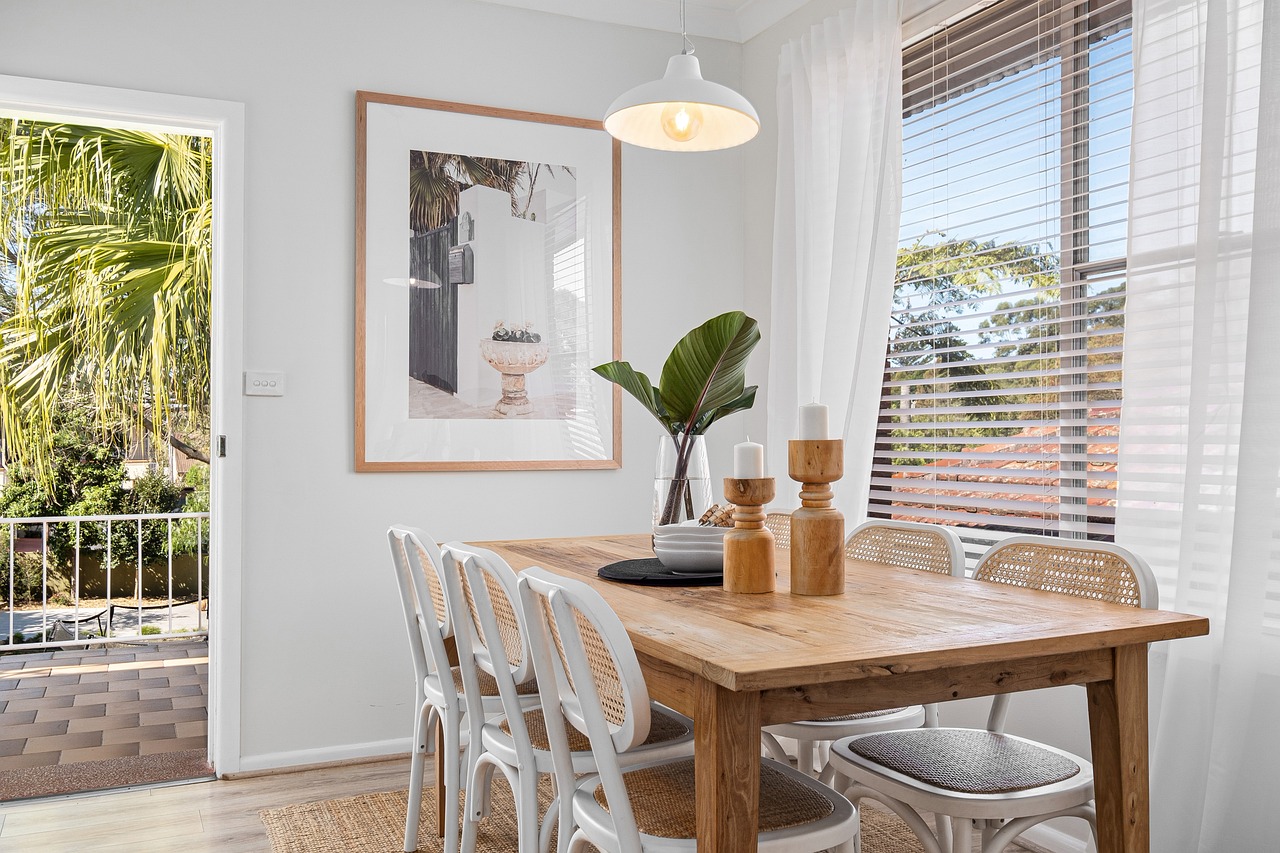
Functional Furniture
When it comes to decorating your child's room, is a game changer! Not only does it add style, but it also maximizes space and enhances the overall functionality of the room. Think about it: kids grow quickly, and their needs change just as fast. Investing in versatile furniture can save you time and money in the long run. Imagine a room that adapts as your child transitions from toddler to teenager—how cool is that?
One of the best ways to incorporate functional furniture is by looking for multi-purpose items. For example, a bed with built-in drawers can be a lifesaver for storing toys, clothes, or even books. This not only keeps the room tidy but also teaches your child the importance of organization. Plus, it adds a touch of creativity to the space! You can even let your child choose their favorite colors or patterns for the storage units, making it a personalized experience.
Another fantastic option is convertible furniture. This type of furniture can change its function based on your child's needs. For instance, a desk that transforms into a play table is perfect for homework during the day and creative playtime in the evening. This flexibility allows the room to serve multiple purposes and keeps it engaging for your little one. Imagine a space that evolves with them—it's like having a room that grows up alongside your child!
To give you a clearer picture, here’s a simple table showcasing some popular functional furniture options:
| Furniture Type | Functionality | Benefits |
|---|---|---|
| Storage Bed | Under-bed storage for toys and clothes | Maximizes space, reduces clutter |
| Convertible Desk | Desk that turns into a play table | Multi-purpose use, adaptable for different activities |
| Ottoman with Storage | Seating and storage combined | Versatile, stylish, and practical |
As you consider these options, keep in mind that choosing functional furniture doesn’t mean sacrificing style. You can find pieces that are both practical and aesthetically pleasing. Think about colors, textures, and designs that resonate with your child’s personality. After all, their room should feel like a personal sanctuary where they can express themselves and feel comfortable.
Incorporating functional furniture into your child's room can also encourage them to take ownership of their space. When they have designated areas for play, study, and rest, it helps them learn how to balance different activities. Plus, it makes it easier for you to maintain order in their room. It’s a win-win situation!
So, as you embark on this exciting journey of decorating your child's room, remember to focus on . It’s more than just a style choice; it’s about creating a space that grows with your child and adapts to their ever-changing needs. With the right pieces, you can turn a simple room into a vibrant and imaginative space that fosters creativity, learning, and fun!
Q: What is functional furniture?
A: Functional furniture refers to pieces that serve multiple purposes, helping to maximize space and enhance usability in a room.
Q: How can I choose the right functional furniture for my child's room?
A: Consider your child's current needs and future growth. Look for versatile items that can adapt to different activities, such as desks that convert into play tables.
Q: Are there stylish options for functional furniture?
A: Absolutely! Many brands offer functional furniture that is both practical and stylish. Look for designs that match your child's personality and the overall theme of the room.
Q: How can functional furniture help with organization?
A: Functional furniture often includes built-in storage, which makes it easier to keep the room tidy. Teaching your child to use these storage solutions can also instill good organizational habits.
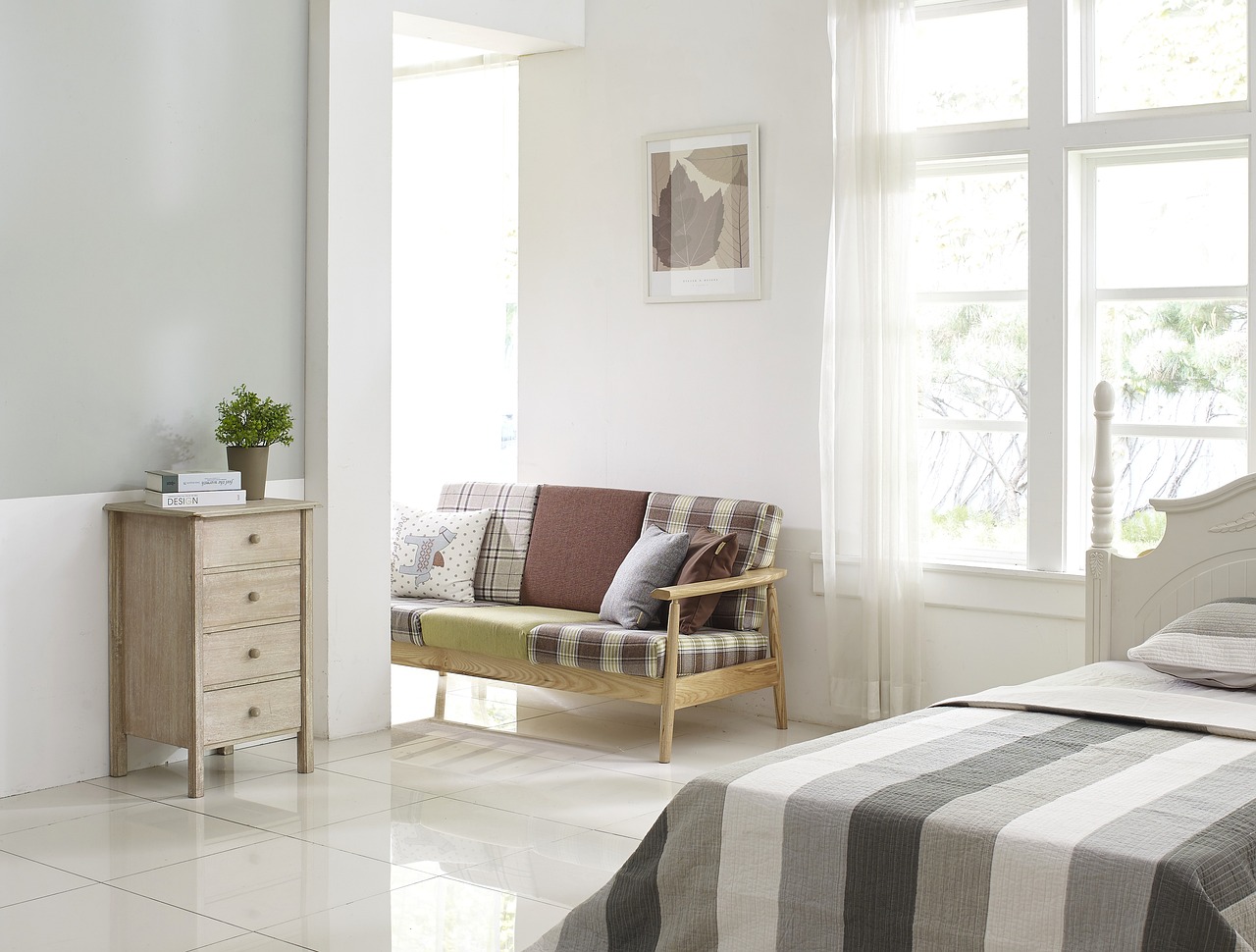
Storage Solutions
When it comes to decorating your child's room, one of the most important aspects to consider is storage. Kids come with a lot of stuff—think toys, books, clothes, and art supplies. Without proper storage, their room can quickly turn into a chaotic mess, making it difficult for them to find what they need or even enjoy their space. So, how can we tackle this challenge while still keeping the room stylish and fun?
First off, under-bed storage is a game-changer. It’s like unlocking a hidden treasure chest beneath the bed! You can use plastic bins or colorful boxes that slide easily under the bed. This not only keeps the toys out of sight but also encourages your child to put things away after playing. Plus, it’s a great way to teach them about organization from a young age.
Another fantastic option is to incorporate colorful baskets into the decor. These can be placed in various corners of the room or on shelves. Not only do they add a pop of color, but they also make tidying up a breeze. Imagine a vibrant rainbow of baskets holding everything from stuffed animals to building blocks. It’s functional and visually appealing!
For a more creative touch, consider using hanging organizers. These can be attached to doors or walls and are perfect for storing smaller items like art supplies or accessories. You can even let your child decorate their organizer with stickers or paint, giving them a sense of ownership over their space.
Lastly, don’t underestimate the power of multi-purpose furniture. A bench with built-in storage or an ottoman that opens up can serve dual purposes. Not only do they provide a place to sit, but they also hide away toys and books. This is particularly useful in smaller rooms where every inch counts!
By thoughtfully incorporating these storage solutions, you can create a room that is not only organized but also reflects your child's personality. They’ll love having a space that feels both functional and fun, and you’ll appreciate the ease of keeping it tidy. Remember, a well-organized room can inspire creativity and make playtime even more enjoyable!
Q: What are some creative storage solutions for small rooms?
A: Use under-bed storage, colorful baskets, and hanging organizers to maximize space. Multi-purpose furniture like benches with storage is also a great option.
Q: How can I encourage my child to keep their room organized?
A: Make cleaning up fun by using colorful storage solutions and involving your child in the organization process. Reward them for keeping their space tidy!
Q: Are there DIY storage ideas I can try?
A: Absolutely! You can create custom storage boxes using cardboard or repurpose old furniture into storage units. Let your child help decorate them for a personal touch!
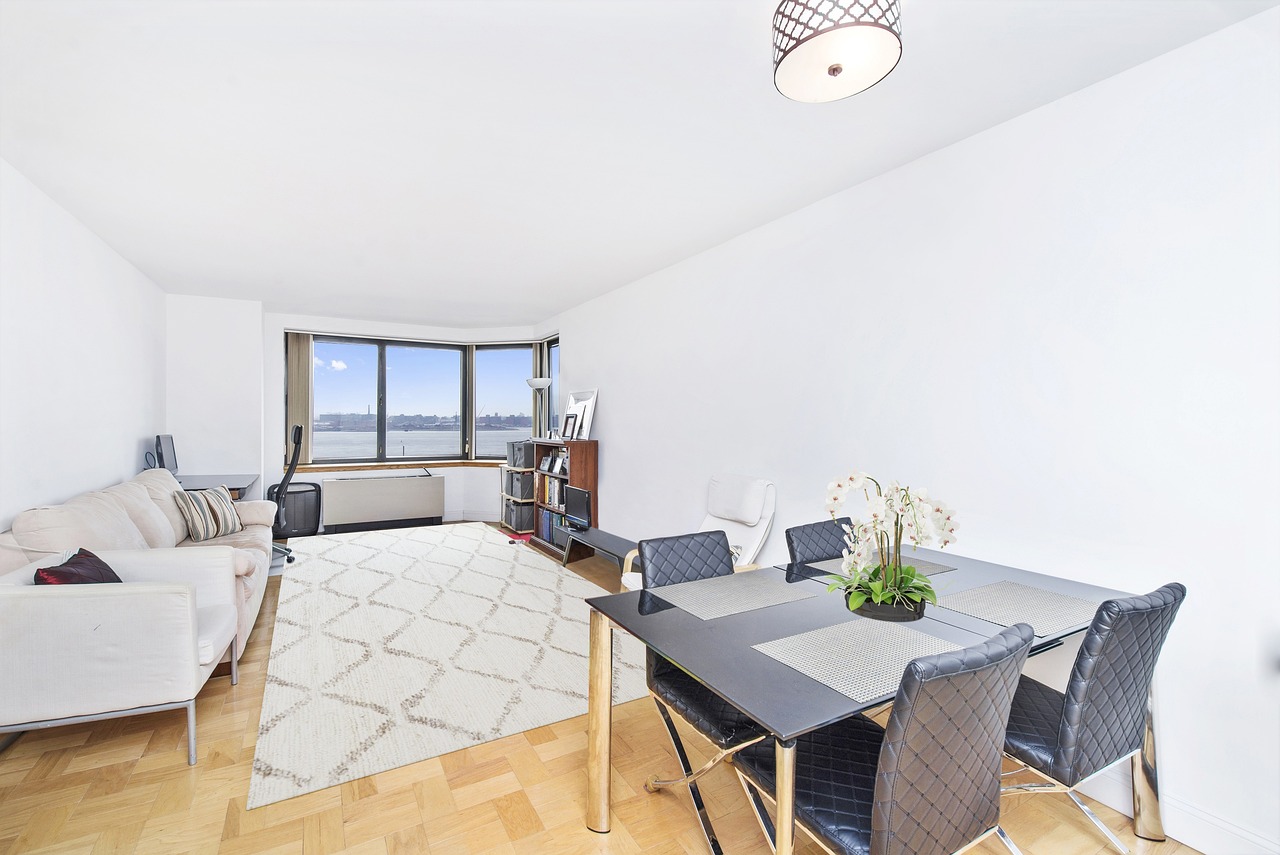
Convertible Furniture
When it comes to decorating your child's room, versatility is key. That's where shines like a star in the night sky! Imagine a desk that easily transforms into a play table or a bed that can be adjusted as your child grows. These pieces not only maximize the available space but also adapt to your child's evolving needs. It's like having a Swiss Army knife for their room—one piece of furniture serving multiple purposes!
Think about it: your little one starts out needing a cozy spot for homework and crafts, but in a few years, they might want a gaming station or a place to hang out with friends. Convertible furniture provides that flexibility without the need for a complete room overhaul. For example, a simple folding desk can be tucked away when not in use, freeing up precious floor space for playtime. This adaptability not only saves you money in the long run but also encourages a sense of independence in your child.
Now, let’s dive into some popular options for convertible furniture:
- Murphy Beds: Perfect for small spaces, these beds fold up into the wall, transforming a bedroom into a playroom in seconds.
- Storage Ottomans: These multifunctional pieces can serve as seating, footrests, and storage for toys or blankets.
- Convertible Sofas: Great for sleepovers, they can easily change from a sofa to a bed, accommodating friends who stay over.
- Desk-Play Tables: A desk that can be converted into a play table encourages creativity and learning in one space.
When selecting convertible furniture, consider the following factors:
| Factor | Consideration |
|---|---|
| Size | Ensure the furniture fits comfortably in the room without overcrowding. |
| Durability | Look for sturdy materials that can withstand the wear and tear of childhood. |
| Style | Choose designs that complement the overall theme of the room. |
| Ease of Use | Make sure your child can easily transform the furniture without assistance. |
Incorporating convertible furniture into your child's room is not just about saving space; it’s about creating a dynamic environment that grows with them. This kind of furniture encourages creativity and adaptability, allowing your child to explore different activities in the same space. So, why settle for static when you can have dynamic? Embrace the magic of convertible furniture and watch your child's room transform into a world of endless possibilities!
Q: What are the benefits of convertible furniture?
A: Convertible furniture maximizes space, adapts to changing needs, and encourages creativity in your child's room.
Q: How do I choose the right convertible furniture?
A: Consider factors like size, durability, style, and ease of use to ensure the furniture fits well and meets your child's needs.
Q: Can convertible furniture be stylish?
A: Absolutely! Many convertible furniture pieces come in various styles and colors, allowing you to find options that fit your room's theme.

Textiles and Soft Furnishings
When it comes to decorating your child's room, play a crucial role in setting the tone and enhancing the overall vibe of the space. Imagine walking into a room filled with vibrant colors, cozy textures, and a warm atmosphere—this is what thoughtfully chosen fabrics can achieve. From bedding to curtains and rugs, each textile element adds a layer of comfort and style, making the room not just a place to sleep but a haven for creativity and imagination.
One of the first things to consider is the bedding. Opt for playful designs that resonate with your child's interests. Whether they adore superheroes, animals, or outer space, there are countless options available to match their personality. Additionally, consider the fabric type; soft, breathable materials like cotton or linen can ensure a comfortable night's sleep. You might even want to involve your child in choosing the bedding—after all, it’s their room!
Next up, let’s talk about curtains. These can dramatically change the look of a room while also serving practical purposes such as blocking out light and providing privacy. Choose curtains that complement the bedding and overall theme. For instance, if your child loves the ocean, consider curtains adorned with fish or waves. Not only do they add a pop of color, but they also contribute to the theme, creating a cohesive look.
Rugs are another essential component in creating a cozy atmosphere. A soft rug can define a play area or reading nook, providing a comfortable space for your child to play or relax. Look for rugs that are durable and easy to clean—kids can be messy, after all! Patterns can also be fun; think about geometric shapes or whimsical designs that add character to the room.
To make the room even more inviting, consider adding some DIY elements. For instance, you and your child can create custom pillowcases together. Using fabric markers or paint, let them design their own pillowcases that reflect their creativity. This not only adds a personal touch but also gives your child a sense of ownership over their space.
As you curate the textiles in the room, remember that comfort and aesthetics go hand in hand. A well-decorated room should feel as good as it looks. Layering different textures, such as combining soft blankets with plush cushions, can make the space feel inviting and warm. Additionally, consider the colors you choose; soft pastels can create a calming environment, while bright, bold colors can energize the space.
To sum it all up, textiles and soft furnishings are vital in transforming your child's room into a cozy, imaginative space. By selecting the right bedding, curtains, rugs, and DIY projects, you can create a room that is not only functional but also a true reflection of your child's personality. Remember, this is their sanctuary, a place where they can dream, play, and grow!
- What fabrics are best for kids' bedding? Look for breathable materials like cotton or linen that are soft and easy to wash.
- How can I involve my child in the decorating process? Let them choose their favorite colors and themes for bedding, curtains, and DIY projects.
- Are there specific rug materials that are better for kids? Yes, opt for durable and easy-to-clean materials like synthetic fibers that can withstand spills and stains.
- What DIY projects can we do together for textiles? Custom pillowcases, painted fabric wall hangings, or even sewing simple cushions can be fun projects!
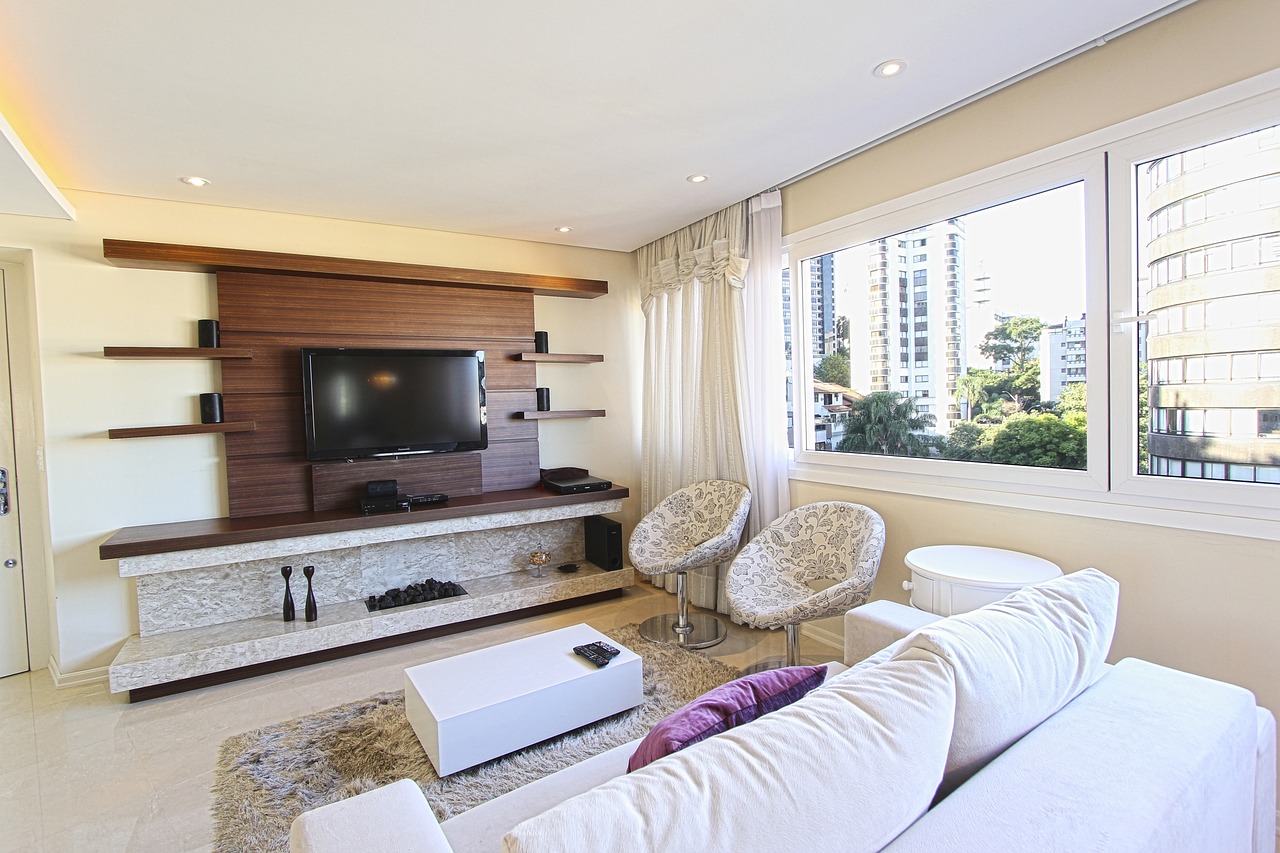
DIY Pillow Cases
Creating custom pillowcases is not just a fun project; it's also a fantastic way to inject a bit of personality into your child's room. Imagine walking into a space where every pillow tells a story, reflects a mood, or showcases a unique design crafted by your little one. This DIY activity allows your child to unleash their creativity while also adding a personal touch to their bedding. Plus, it’s an excellent opportunity for bonding time as you both get to explore different designs and colors together.
To get started, gather some basic supplies: plain pillowcases, fabric markers or fabric paint, and stencils if you want to add some intricate designs. You can find these items at your local craft store or online. The beauty of this project is that it can be as simple or as complex as you want it to be. For younger children, using fabric markers to draw simple shapes or patterns can be a great way to get them involved without overwhelming them.
Here’s a quick step-by-step guide to creating your DIY pillowcases:
- Choose Your Pillowcases: Start with plain, light-colored pillowcases. White or pastel shades work best as they allow colors to pop.
- Plan Your Design: Sit down with your child and brainstorm ideas. Do they want to draw their favorite cartoon characters, animals, or even abstract designs? Sketching it out on paper first can help visualize the final product.
- Get Creative: Using the fabric markers or paint, let your child start decorating their pillowcase. Encourage them to be bold with colors and designs. If they make a mistake, remind them that art is all about experimentation!
- Set and Dry: Once the designs are complete, follow the instructions on the fabric paint or markers to set the colors. This usually involves letting the pillowcases dry for a specific time and sometimes ironing them to ensure the designs are permanent.
Once the pillowcases are ready, imagine the joy on your child's face when they see their very own creations adorning their bed! Not only do these DIY pillowcases serve a practical purpose, but they also become cherished keepsakes that can spark memories for years to come. You can even rotate the designs seasonally or whenever they feel like a change, keeping the room fresh and exciting.
As a bonus, consider making this a recurring project. You could create themed pillowcases for holidays, special events, or even just for fun. This way, your child's creativity can evolve over time, and they can look forward to new designs that keep their space lively and engaging.
In conclusion, DIY pillowcases are a simple yet effective way to personalize your child's room while fostering their creativity. It's all about having fun and expressing individuality, so let your imagination run wild!
- What materials do I need for DIY pillowcases? You will need plain pillowcases, fabric markers or fabric paint, and possibly stencils for more intricate designs.
- Can I wash the pillowcases after decorating? Yes, but make sure to follow the instructions on the fabric markers or paint to set the colors properly before washing.
- What age is appropriate for this DIY project? This project is suitable for children of all ages, but younger kids may need more guidance and assistance.
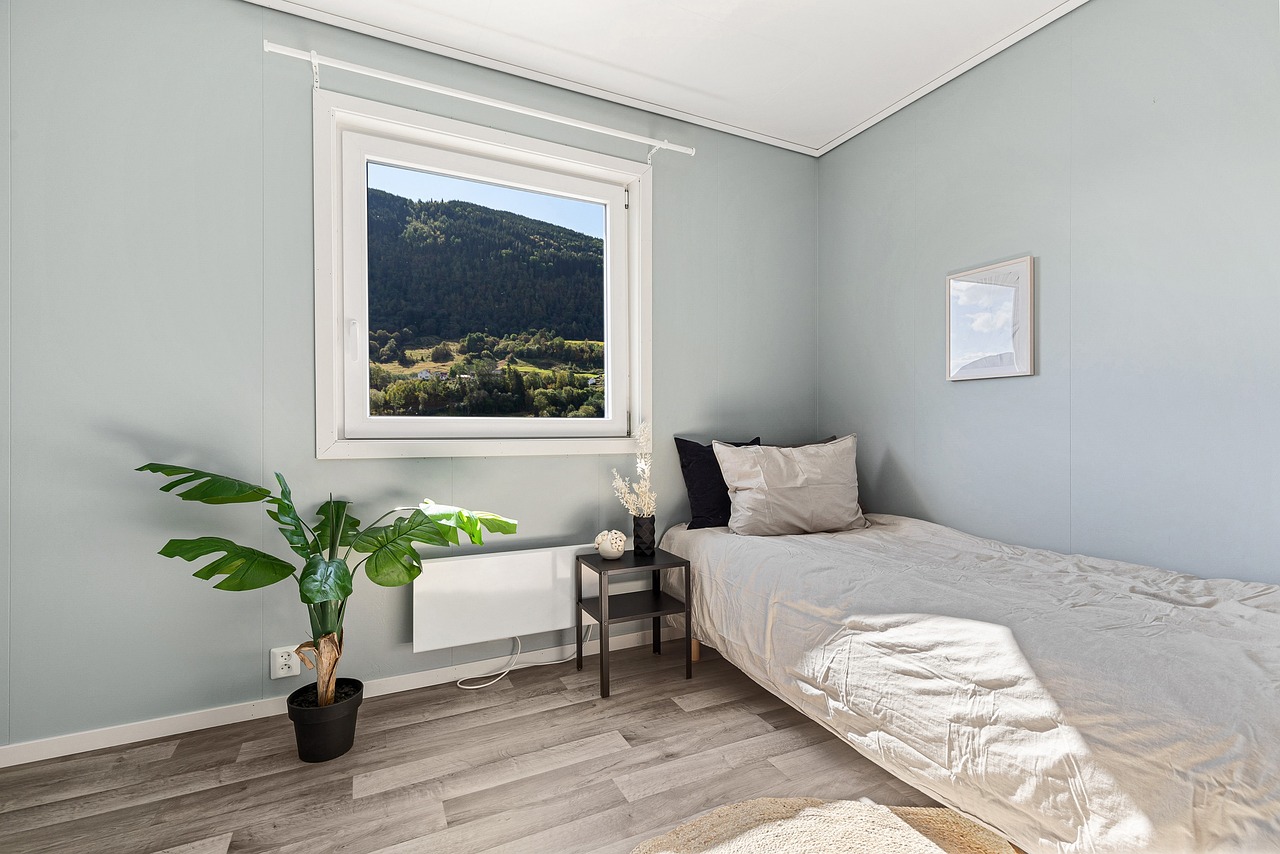
Cozy Reading Nooks
Creating a cozy reading nook in your child's room can transform a simple corner into a magical retreat. Imagine a space where your little one can dive into the pages of their favorite stories, surrounded by soft cushions, warm blankets, and the gentle glow of a reading lamp. This nook not only promotes a love for reading but also provides a quiet place for imagination to flourish. So, how do you go about crafting this special space? Let's explore!
First, consider the location. A reading nook should be in a spot that feels inviting and safe. Look for a corner near a window where natural light can stream in, creating a warm atmosphere. If a window isn’t available, a cozy corner with a small lamp can do the trick. You want the nook to feel like a little sanctuary, away from the hustle and bustle of the rest of the room.
Next, focus on comfort. This is where the magic happens! Start with a soft rug or a couple of plush pillows to create a comfortable seating area. You might even want to include a small bean bag chair or a floor cushion that your child can sink into. The goal is to make it a place where they can relax for hours, lost in their favorite tales.
Now, let’s talk about personalization. Involve your child in the decorating process. Allow them to choose their favorite colors for the cushions or even help pick out a few decorative elements. You could add a small bookshelf or a basket filled with their beloved books, making it easy for them to reach for their next adventure. Consider adding a few whimsical touches—like fairy lights or a fun wall decal—to enhance the ambiance. After all, a reading nook should reflect their unique personality!
To add a touch of whimsy, think about incorporating a canopy or tent. A simple fabric draped over a small frame can create an enchanting atmosphere that invites your child to snuggle up with a book. This can also serve as a great backdrop for storytelling sessions, where they can share their favorite tales with you or their friends.
Finally, don’t forget the essentials. A small side table can be a perfect addition for placing a drink or a snack while they read. You might also want to include a small lamp for those cozy nighttime reading sessions. Make sure everything is within reach, so your child feels fully in control of their reading experience.
In summary, a cozy reading nook is more than just a spot to read; it's a little world of its own. By focusing on comfort, personalization, and a bit of whimsy, you can create a space that not only encourages reading but also fosters creativity and imagination. So, grab those cushions, choose that perfect corner, and watch as your child's love for books blossoms in their new favorite nook!
- What are the best materials for a reading nook? Soft fabrics like cotton or fleece for cushions, a plush rug, and sturdy materials for furniture are ideal.
- How can I keep the reading nook organized? Use baskets or bins for books and supplies to keep the area tidy and inviting.
- What lighting is best for a reading nook? A combination of natural light, a reading lamp, and fairy lights can create a cozy atmosphere.
- How can I encourage my child to use the reading nook? Make it a special place by reading together there or letting them choose their favorite books to display.
Frequently Asked Questions
- What is the best theme for a child's room?
Choosing a theme for your child's room can be a delightful adventure! Think about their favorite characters, hobbies, or colors. Popular themes include nature, fantasy worlds, and even space adventures. The goal is to create a space that reflects their personality and sparks their imagination.
- How can I create wall art for my child's room?
Creating wall art can be a fun DIY project! You can paint, stencil, or use decals to add a splash of color and personality to the walls. Involving your child in the process makes it even more special. Consider designing a mural together or framing their artwork to create a gallery wall!
- What are some functional furniture ideas for kids' rooms?
Functional furniture is a game changer! Look for multi-purpose items like beds with storage drawers or desks that can double as play tables. This way, you maximize space and adapt the room as your child grows. It's all about blending style with practicality!
- How do I encourage my child to keep their room organized?
Encouraging tidiness can be fun! Use colorful baskets or under-bed storage to make organization appealing. You could even turn cleaning into a game. Reward them for keeping their space tidy, and soon they'll take pride in their organized room!
- What textiles should I choose for my child's room?
When selecting textiles, think comfort and style! Soft bedding, cozy curtains, and fun rugs can enhance both the look and feel of the room. You might even consider DIY projects like custom pillowcases to let your child express their creativity!
- How can I create a cozy reading nook?
A cozy reading nook can ignite a love for books! Use soft cushions, blankets, and even a small bookshelf to create an inviting space. Personalize it with their favorite books and decorations to make it a special retreat for reading adventures.



















